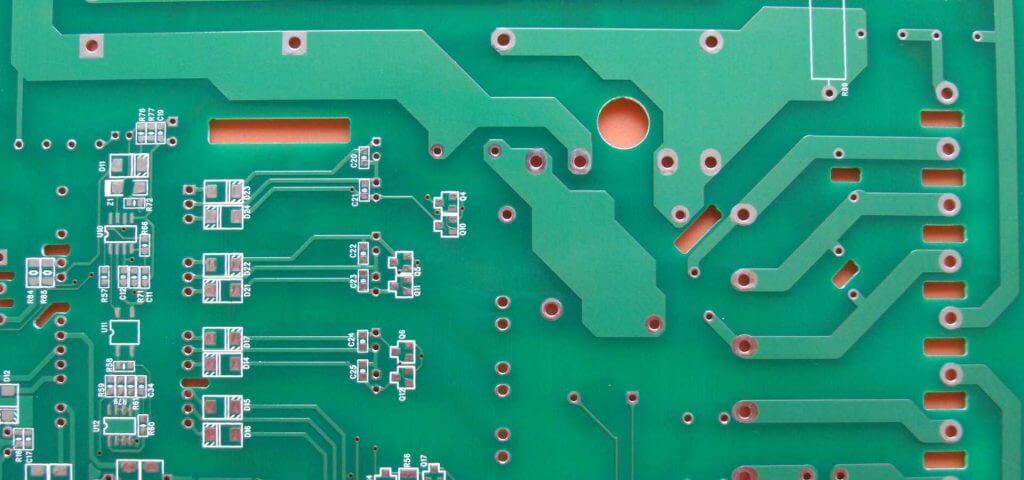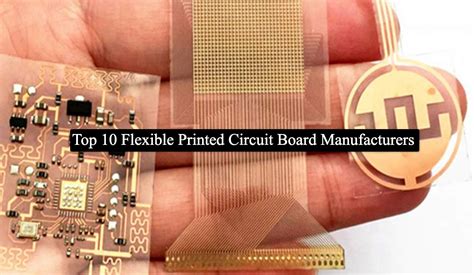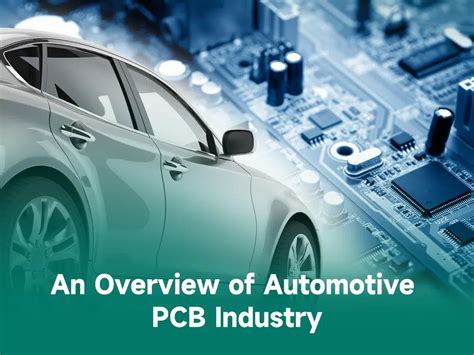All pcb assembly
Comprehensive Analysis of PCB Assembly Process
In the modern electronic manufacturing industry, the assembly of printed circuit boards (PCBs) is a vital link. PCB assembly is not just about soldering electronic components to circuit boards, it involves multiple complex steps and strict quality control to ensure the performance and reliability of the final product.
First, the starting point of PCB assembly is the design stage.
In this stage, engineers use professional design software to create layout drawings of the circuit board. These layout drawings describe the location and circuit connections of each component in detail, ensuring that the circuit board can achieve the expected function.
Next, after the design is completed, it enters the PCB manufacturing stage.
In this stage, the substrate of the circuit board is cut into the required size, and the circuit pattern is formed on the substrate through processes such as chemical etching or laser engraving. The circuit board will then go through a series of cleaning and inspections to ensure that there are no defects or contaminants. At this point, the circuit board is ready for component installation.
Component installation is one of the core steps of PCB assembly.
First, surface mount technology (SMT) is widely used to accurately place small components on the circuit board. Automated placement machines can complete this task with extremely high speed and accuracy. Next, the circuit board will pass through a reflow soldering oven, where the solder paste melts at high temperatures and firmly solders the components to the circuit board. For some larger or special components, manual soldering or wave soldering may be required to complete.
After the components are installed, the circuit board needs to undergo rigorous testing and inspection.
The first is a visual inspection to ensure that all components are properly installed and there are no obvious soldering defects. The circuit board will then undergo functional testing to verify that its electrical performance meets the design requirements. These tests usually include short circuit testing, open circuit testing, and functional testing. Through these tests, any potential problems can be discovered and repaired in a timely manner to ensure the quality of the product.
Finally, the tested and inspected circuit boards will be cleaned and packaged.
The cleaning process can remove residual flux and other contaminants from the soldering process to ensure the long-term reliability of the circuit board. Packaging needs to consider anti-static and moisture-proof factors to protect the safety of circuit boards during transportation and storage.
In summary, PCB assembly is a complex and delicate process, and every step is crucial. From design to manufacturing, to component installation and final testing, every link requires strict control and high-precision operation. Only in this way can the high quality and high reliability of the final product be ensured. As electronic products become increasingly complex and diverse, it is particularly important to master and optimize the PCB assembly process.

Common Problems and Solutions in PCB Assembly
During the PCB assembly process, the occurrence of common problems may affect the quality and performance of the final product.
First of all, soldering defects are one of the most common problems in PCB assembly.
These defects include poor solder joints, solder bridging, and cold soldering. Poor solder joints are usually caused by insufficient solder or improper soldering temperature. To solve this problem, it is crucial to ensure that the appropriate soldering temperature and sufficient solder are used. In addition, regular inspection and maintenance of soldering equipment can also effectively reduce the occurrence of soldering defects.
Secondly, component misalignment is also a common problem.
Component misalignment may be caused by inaccurate calibration of the placement machine or negligence of the operator. To avoid this problem, regular calibration of the placement machine and strengthening of operator training are necessary. In addition, the use of automatic optical inspection (AOI) equipment can detect and correct component misalignment at an early stage, thereby improving assembly quality.
Next, poor electrical connection is also an important issue in PCB assembly.
Poor electrical connection may cause the circuit board to not work properly or even cause more serious failures. To ensure the reliability of electrical connections, the use of high-quality connectors and wires is key. At the same time, strict electrical tests such as flying probe tests and functional tests can detect and solve electrical connection problems in time after assembly is completed.
In addition, electrostatic discharge (ESD) is also an important factor affecting the quality of PCB assembly.
Electrostatic discharge may damage sensitive electronic components and cause circuit boards to fail. To prevent electrostatic discharge, appropriate anti-static measures should be taken during the assembly process, such as wearing anti-static wristbands, using anti-static workbenches and floor mats, etc. At the same time, ensuring that the humidity of the working environment is moderate can also effectively reduce the generation of static electricity.
Finally, contamination and impurities are also an important factor affecting the quality of PCB assembly.
Contaminants such as dust, grease, and flux residues can cause electrical shorts or corrode circuit boards. To avoid the effects of contamination and impurities, the working environment should be kept clean during the assembly process, and appropriate cleaning methods should be used to remove flux residues. In addition, regular inspection and replacement of filters in cleaning equipment can also effectively reduce the accumulation of contaminants.
In summary, solutions to common problems in the PCB assembly process include ensuring soldering quality, avoiding component misalignment, ensuring reliable electrical connections, preventing electrostatic discharge, and keeping the working environment clean. By taking these measures, the quality and reliability of PCB assembly can be significantly improved, thereby ensuring the performance and life of the final product.

How to Choose the Right PCB Assembly Service Provider
Choosing the right PCB assembly service provider is a critical step to ensure the quality and performance of electronic products.
First, it is crucial to understand the experience and expertise of the service provider.
A company with rich experience is usually better able to handle complex design and production needs. Not only are they able to provide high-quality assembly services, but they can also provide valuable suggestions during the design phase to avoid potential problems. In addition, experienced suppliers usually have a more complete quality control system to ensure that each PCB meets strict standards.
Next, it is also crucial to consider the equipment and technical capabilities of the service provider.
Modern electronic products have increasingly higher requirements for PCBs, so it is particularly important to choose a company with advanced equipment and technology. Advanced equipment can not only improve production efficiency, but also ensure product consistency and reliability. For example, automated assembly equipment can reduce human errors and increase production speed while ensuring the accuracy and consistency of each PCB.
In addition, the production capacity and delivery time of the service provider are also factors that need to be considered.
A reliable supplier should be able to flexibly adjust production plans according to customer needs to ensure on-time delivery of products. Especially in the case of fierce market competition, fast delivery time can help companies seize market opportunities. Therefore, when choosing a supplier, it is very important to understand its production capacity and delivery record.
At the same time, cost is also a factor that cannot be ignored when choosing a PCB assembly service provider.
Although price should not be the only determining factor, reasonable cost control can help companies minimize production costs while ensuring quality. Therefore, choosing a supplier that can provide cost-effective services can bring greater economic benefits to the company. However, it should be noted that too low a price may mean a compromise in quality, so the balance between price and quality should be considered comprehensively when choosing.
Finally, customer service and technical support are also important factors to consider when choosing a supplier. A good supplier should not only have professional technical capabilities, but also provide high-quality customer service and technical support. Whether in the design stage or the production process, timely communication and support can help customers solve problems and ensure the smooth progress of the project. Therefore, choosing a supplier that attaches importance to customer service and technical support can bring a better cooperation experience to the company.
In summary, choosing a suitable PCB assembly service provider requires comprehensive consideration of multiple factors, including experience and expertise, equipment and technical capabilities, production capacity and delivery time, cost, and customer service and technical support. By comprehensively evaluating these factors, companies can find the most suitable supplier for themselves, thereby ensuring the quality and market competitiveness of their products.
Future PCB Assembly Technology Development Trend
With the continuous advancement of science and technology, PCB (printed circuit board) assembly technology is also developing rapidly. In the future, the development trend of PCB assembly technology will mainly focus on several key areas, and the progress in these areas will greatly affect the performance and reliability of electronic products. First, miniaturization and high-density assembly will become the mainstream trend. As electronic devices become more and more miniaturized, the requirements for PCBs are also getting higher and higher. Miniaturization and high-density assembly technology can integrate more functions in a limited space, thereby improving the performance and functional diversity of the equipment.
At the same time, the application of automated and intelligent production lines will also greatly improve the efficiency and quality of PCB assembly. Automated production lines can not only reduce errors caused by human operation, but also improve production speed and consistency. Intelligent production lines use big data and artificial intelligence technology to achieve real-time monitoring and optimization of the production process, thereby further improving production efficiency and product quality. The application of this technology will make the PCB assembly process more precise and efficient.
In addition, environmental protection and sustainable development are also important directions for future PCB assembly technology. With the global emphasis on environmental protection, the application of green manufacturing technology in PCB assembly will become more and more extensive. For example, the use of lead-free soldering materials and environmentally friendly cleaning agents can not only reduce pollution to the environment, but also improve the safety and reliability of products. The concept of sustainable development will run through the entire PCB assembly process, from material selection to production process, to waste disposal, to fully realize green manufacturing.
Furthermore, the development of flexible electronic technology will also have a profound impact on PCB assembly. Flexible electronic technology makes electronic products thinner, softer, and even bendable and foldable. The application of this technology will greatly expand the application scenarios of electronic products, such as wearable devices, smart clothing, etc. The assembly technology of flexible PCBs needs to overcome problems that traditional rigid PCBs cannot solve, such as the flexibility of materials and the stability of conductive properties. This will be one of the key directions of future research.
Finally, the popularity of 5G and IoT technologies will also promote the continuous innovation of PCB assembly technology. The high speed and low latency of 5G technology require PCBs to have higher signal transmission capabilities and anti-interference capabilities, while the diversity and complexity of IoT devices require PCBs to have higher integration and reliability. In order to meet these needs, PCB assembly technology needs to be continuously innovated and optimized to support the development of a new generation of communication technology.
In summary, the development trend of PCB assembly technology in the future will mainly focus on miniaturization and high-density assembly, automated and intelligent production lines, environmental protection and sustainable development, flexible electronic technology, and the application of 5G and IoT technologies. These trends will not only improve the performance and reliability of electronic products, but also promote the continuous innovation and development of the entire electronics industry.







